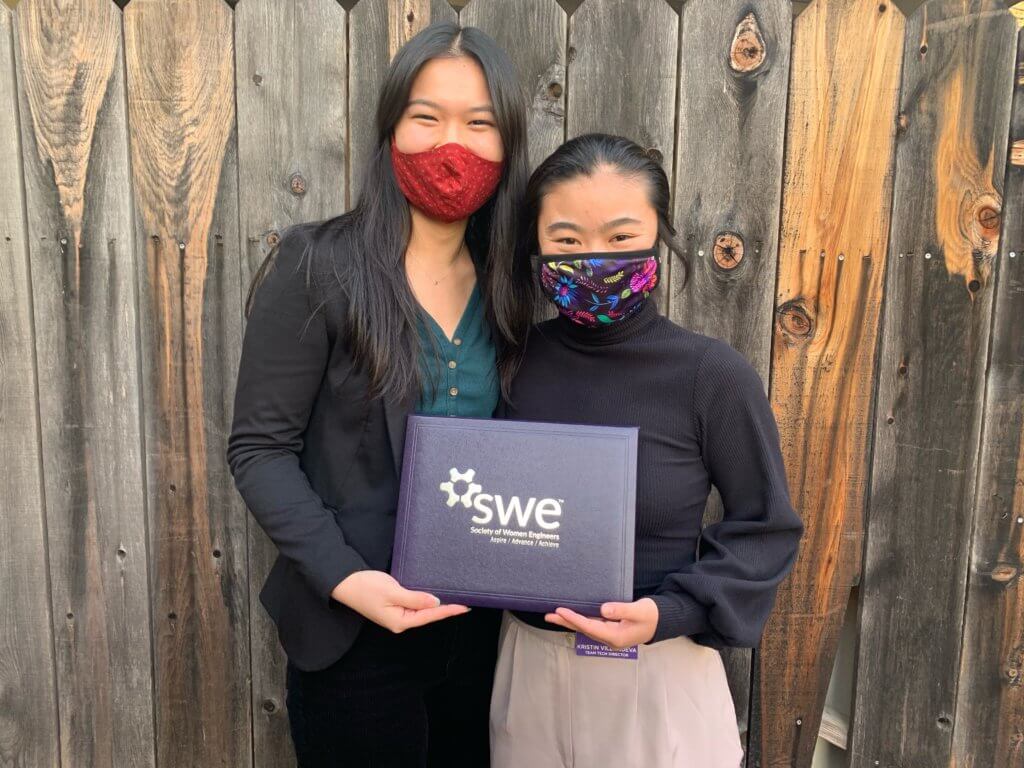Diversity, Equity & Inclusion
Our Commitment to Justice, Equity, Diversity, and Inclusion
The Land on Which we Learn
Cal Poly is located in tiłhini, the Place of the Full Moon. We gratefully acknowledge, respect, and thank yak tityu tityu yak tiłhini, Northern Chumash Tribe of San Luis Obispo County and Region in whose homelands we are guests.
CENG Solidarity

DIVERSITY ACTION PLAN
The College of Engineering’s Strategic Plan includes strategic priorities with associated goals that focus on justice, equity, diversity and inclusion. This Diversity Action Plan highlights the specific strategic priorities intersecting with justice, equity, diversity and inclusion.
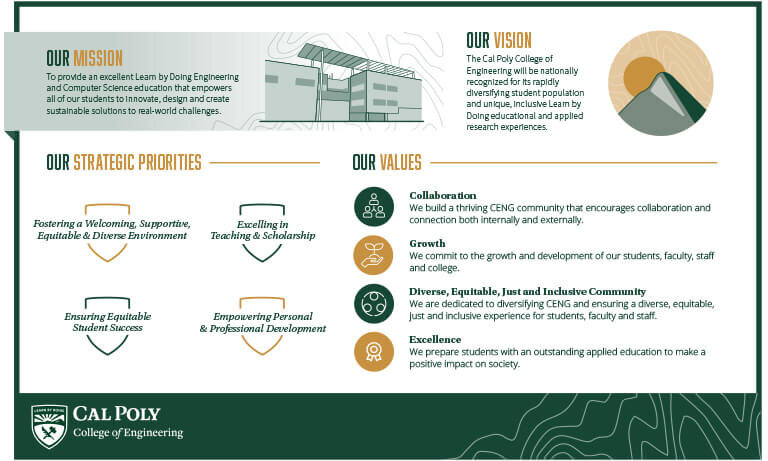
Strategic Priorities
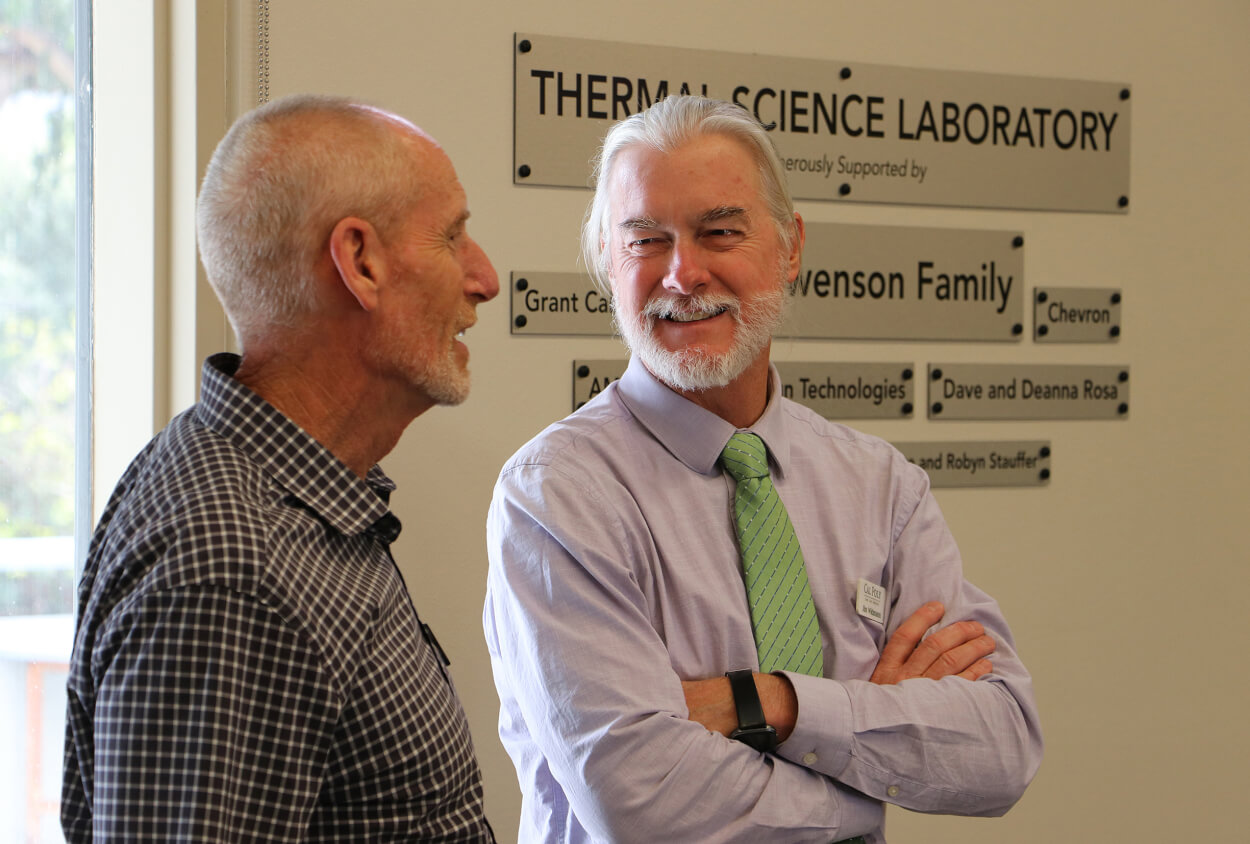
Goal: Expand Learn by Doing activities and infrastructure with an emphasis on cross disciplinary opportunities which support curricular and co-curricular threads on societal challenges, data literacy, systems thinking, ethics, justice, equity, diversity and inclusion.
- Actions will include:
- Renovate and upgrade Learn by Doing facilities across the college
- Develop vibrant faculty communities of practice focused on each curricular thread
- Integrate curricular thread topics into required course curricula
- Expand interdisciplinary collaborations
- Expand Learn by Doing student opportunities related to the curricular threads
- Metrics will include:
- Percentage of students taking required courses in at least one of the curricular thread topics
- Percentage of students participating in clubs and co-curricular Learn by Doing activities
- Number of Learn By Doing facilities upgraded
- Actions will include:
Goal: Increase support for the teacher-scholar model by creating and promoting curricular, co-curricular, and extra-curricular faculty and student research opportunities.
- Actions will include:
- Expand faculty/student applied research opportunities
- Build active research communities in CENG faculty on topics such as engineering education research, climate change and sustainability
- Expand faculty/student applied research opportunities with industry and national labs
- Launch college research seminar series
- Support and grow Summer Undergraduate Research Program
- Metrics will include:
- College/department funded research support
- College sponsored research workshops
- Number of students and faculty engaged in research
- Actions will include:
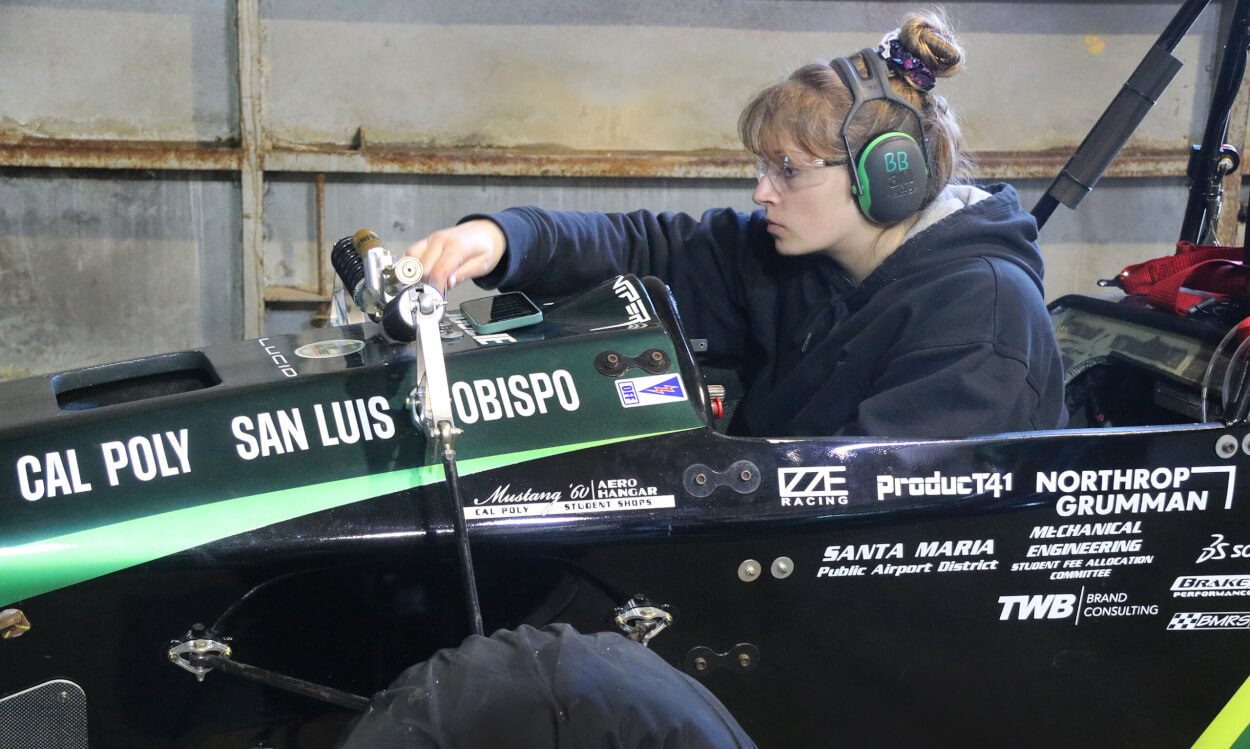
Goal: Provide clear and realistic pathways in each degree program for transfer students to graduate in two years.
- Actions will include:
- Development of clear and equitable transfer student path ways for all degree programs
- Expansion of community college partnerships and course articulation agreements
- Appointment of “transfer student champions” in each department
- Metrics will include:
- Graduation rates across all demographics
- Actions will include:
Goal: Identify systemic challenges to graduation rates and implement strategies to mitigate with a focus achieving equitable outcomes for all students
- Actions will include:
- Removal of structural barriers to graduation within our curricula
- Regularly offer workshops focused on achieving equitable outcomes
- Develop and implement summer support programs
- Metrics will include:
- Graduate rates across all demographics
- Actions will include:

Goal: Show continual and measurable improvement in the diversity of the CENG community so that our students, faculty and staff better reflect the demographics of the state of California and exceed national averages for engineering representation.
- Actions will include:
- Recruit and retain faculty committed to creating equitable and inclusive educational experience
- Expand pipeline activities in K-12 partner schools
- Expand activities focused on ensuring students offered admission chose to join Cal Poly at equitable rates across all demographics
- Highlight alumni success stories in our recruiting
- Expand scholarship support
- Actions will include:
Goal: Develop an inclusive college culture where actions and policies support the equitable success of the entire CENG community and where everyone is valued for being their own unique self.
- Actions will include:
- Review and revise college policies to ensure equitable success of the entire college community
- Grow and expand workshops on the intersection of justice, equity, diversity and inclusion in engineering education and the student experience
- Integrate evidence-based assessment strategies into coursework to support equitable outcomes
- Implement activities focused on implementing an inclusive college culture
- Actions will include:
- Metrics will include:
- Steady increases in percentage of students, faculty and staff who report feeling a sense of belongingness in CENG through culture assessment
- College events that promote community engagement and celebrate/support the culture of those traditonallly underrepresented in engineering and computer science
- College policies reviewed and revised with an emphasis on equity and transparency
- Metrics will include:
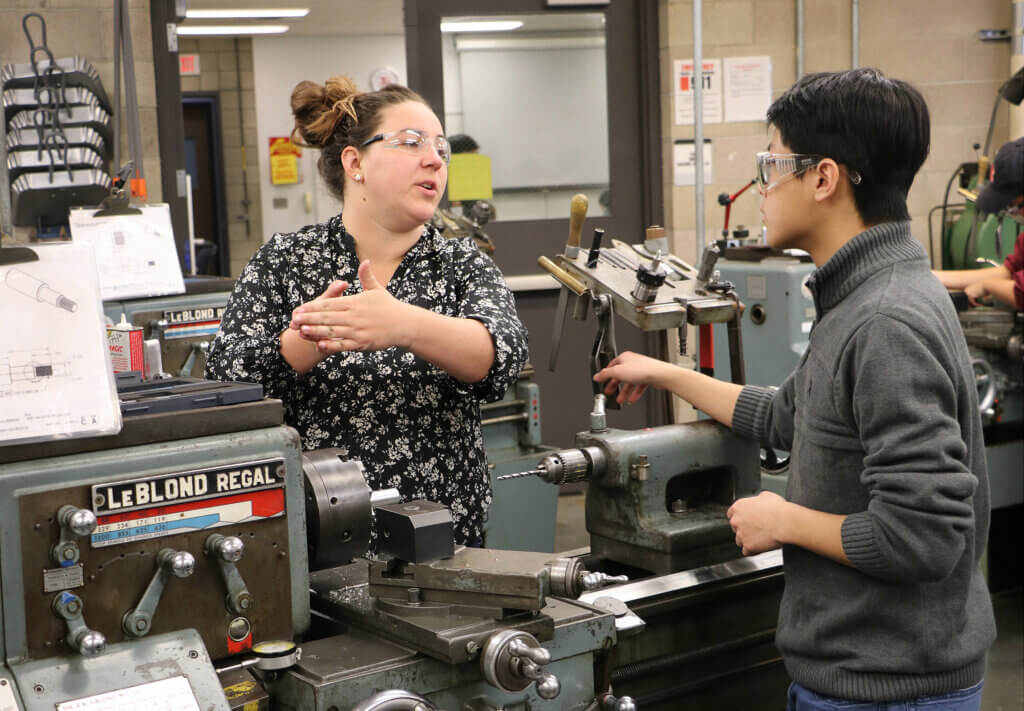
The 2022-2027 strategic plan builds on the hard work the college has undertaken over the past few years to ensure an excellent Learn by Doing education for our diverse student body. We celebrate our successes.
- 20% increase in 4-year graduation rates
- 9 percentage point decrease in underrepresented minority graduation rate gaps
- Student enrollment increased from historically underrepresented populations, including:
- 29.8% Women, exceeding national average of 24.6% rate gaps
- 9% Multi-racial enrollment, more than double the CA average of 4%
- Faculty tenure-track cohort was:
- 27% women and 18% Latino in recent years
- 130+ Attendees to the collegewide lecture on engineering culture and student belonging
The following represents some of the actions undertaken to support our Diversity, Equity and Inclusion Action Plan for 2019-2022:
Goal: Cultivate an inclusive college culture and eliminate all forms of oppression
- In winter 2022 a cohort of 15 college faculty members took training on inclusive classroom teaching. This training will be repeated regularly.
- Content addressing diversity, equity and inclusion were introduced into required classes in civil engineering, environmental engineering and biomedical engineering. Mechanical engineering developed a new elective in social justice and engineering.
- The college introduced a DEI day of learning in which faculty and students led workshops on integrating inclusivity in the college actions.
Goal: Strive for a diverse CENG community and exceed national averages for representation in engineering programs
- Three college majors enroll more than 50% women students (environmental, biomedical and liberal arts/engineering studies) and the college student population is approaching 30% women.
- The demographics of the entering first-year class better reflect the demographics of the state of California than in the past, and is 38% white, 24% Hispanic/Latino, 9% Multiracial and 23% Asian/Pacific Islander.
- In fall 2022 the college launched a 16-person faculty cohort hire with a focus on hiring for experience in implementing inclusive and equitable engineering educational experiences along with excellence in their disciplinary topics and in implementing Learn by Doing.
Goal: Increase graduation rates and achieve equitable outcomes for all students
- The 2021 six-year graduation data showed that 82.3% of URM students graduated compared to 87.7% of non-URM students, a difference of 5.4 percentage points. This gap was 13.8 in 2017 and 9.7 in 2020.
- The 2021 six-year graduation data showed that 87.7% of non-Pell eligible students graduated compared to 81.8% of Pell eligible students, a difference of 5.9 percentage points. This gap was 8.5 in 2017.
- The 2021 two-year graduation data for transfer students showed that 11.8% of students graduated, an increase from 5.1% in 2019 and 8.9% in 2020. The transfer student four-year graduation rate is over 86%.
Justice, Equity, Diversity and Inclusion in Cal Poly Engineering
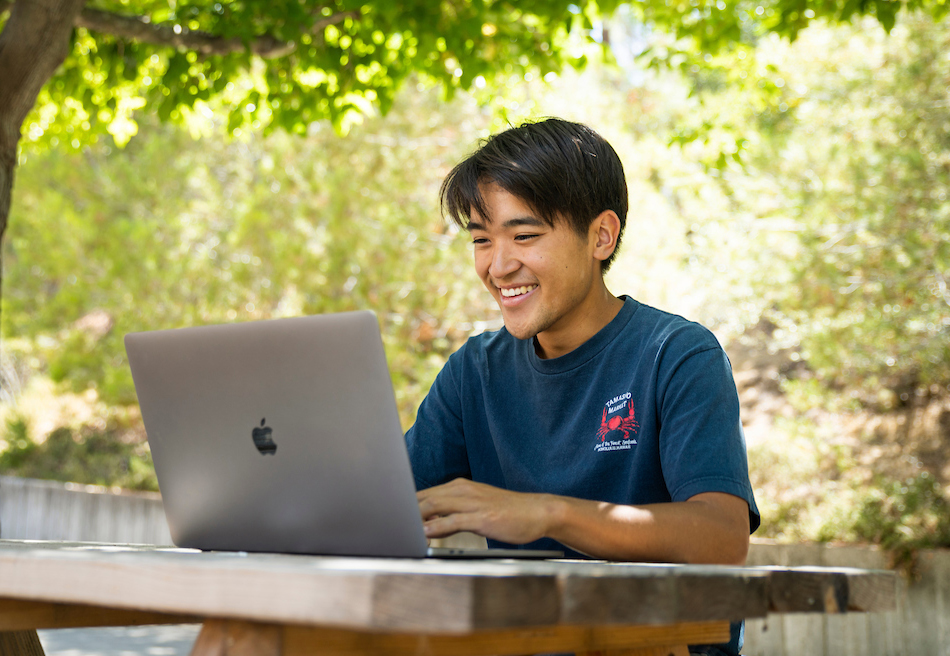
This resource is open to all Faculty, Staff, and Students of CENG who want to make a difference. These mini-grants are intended for small projects ranging from $200.00 to $1,000.00.

As a division of Engineering Student Services, the Multicultural Engineering Program (MEP) is an academic support program designed to retain and graduate students who continue to remain underrepresented in engineering. MEP leverages a strong support network to build a community and provide the necessary bridges for students’ academic, personal, and professional success. Visit the MEP website to learn more.
The Women’s Engineering Program (WEP) supports Cal Poly women engineering students through a variety of academic, leadership, and social activities. WEP’s mission is to recruit and retain women engineering and computer science students by focusing on outreach, on-campus support, and professional preparation objectives. The program connects students to their peers, alumnae, faculty, and industry representatives. Visit the WEP website to learn more.
